What is a Transformer Enclosure?
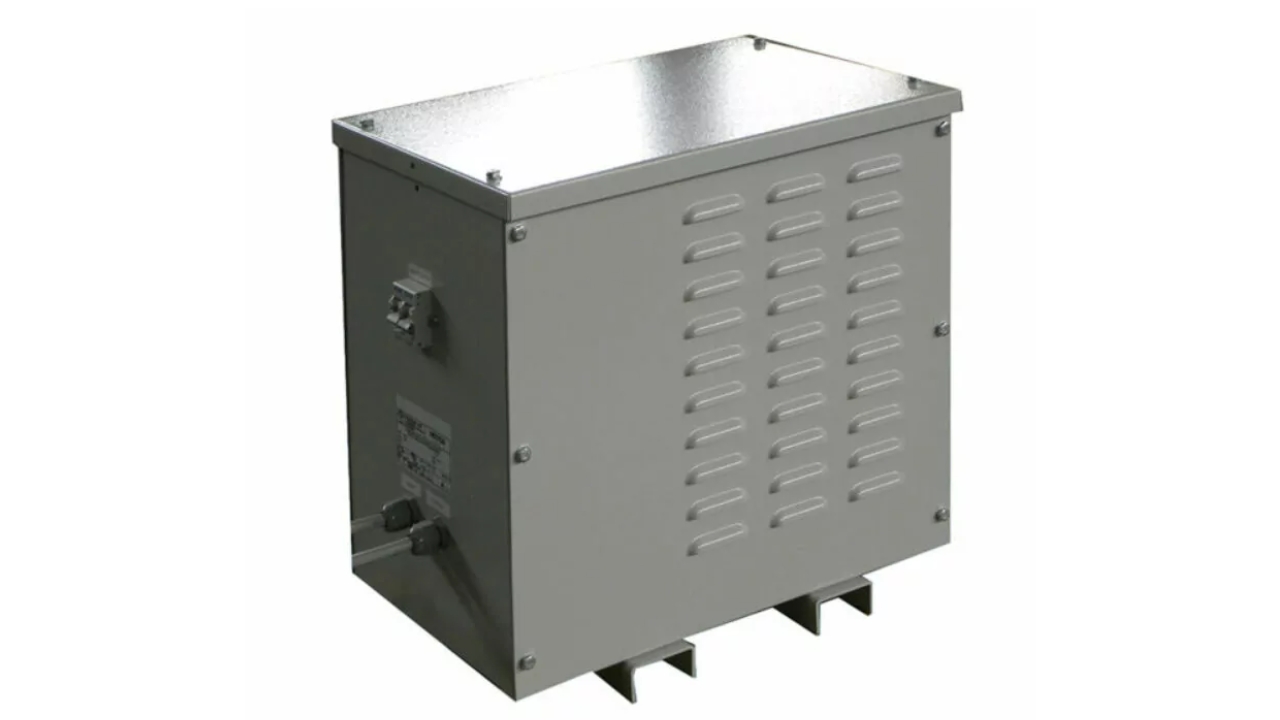
Transformer enclosures are the protective shells for transformers and their electrical parts. They protect the equipment from physical damage, humidity and dust. By isolating live components, they not only assure reliable transformer operation but also improve apparatus and personnel safety.
Types of Transformer Enclosures
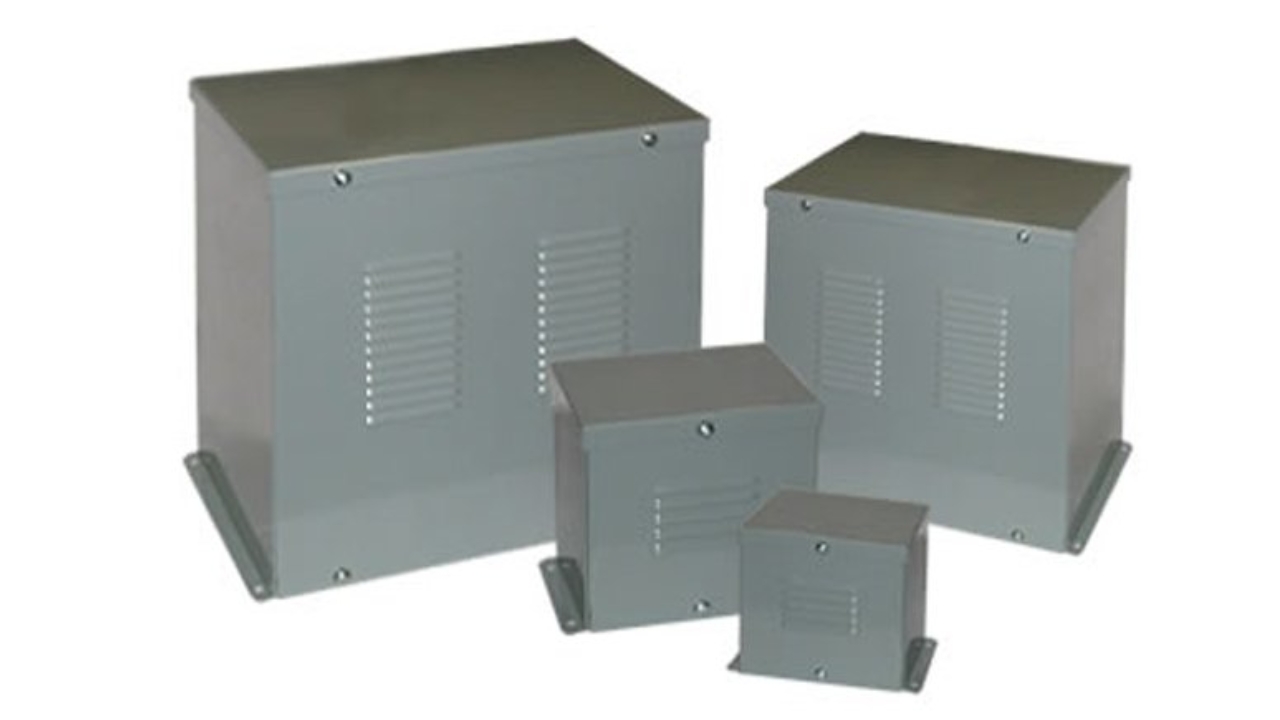
Transformer enclosures are classified by NEMA ratings which rate the level of protection against environmental factors.
Here are some common NEMA ratings:
NEMA Type 1: These enclosures give basic indoor protection against accidental contact and dirt.
NEMA Type 3R: gives outdoor protection against sleet, snow and rain.
NEMA Type 4 and 4X: guarantees full safety against dust, corrosion and water in outdoor settings.
NEMA Type 3RX: Type 3R enclosures deliver improved protection against dust, rain and sleet
Materials Used in Transformer Enclosures
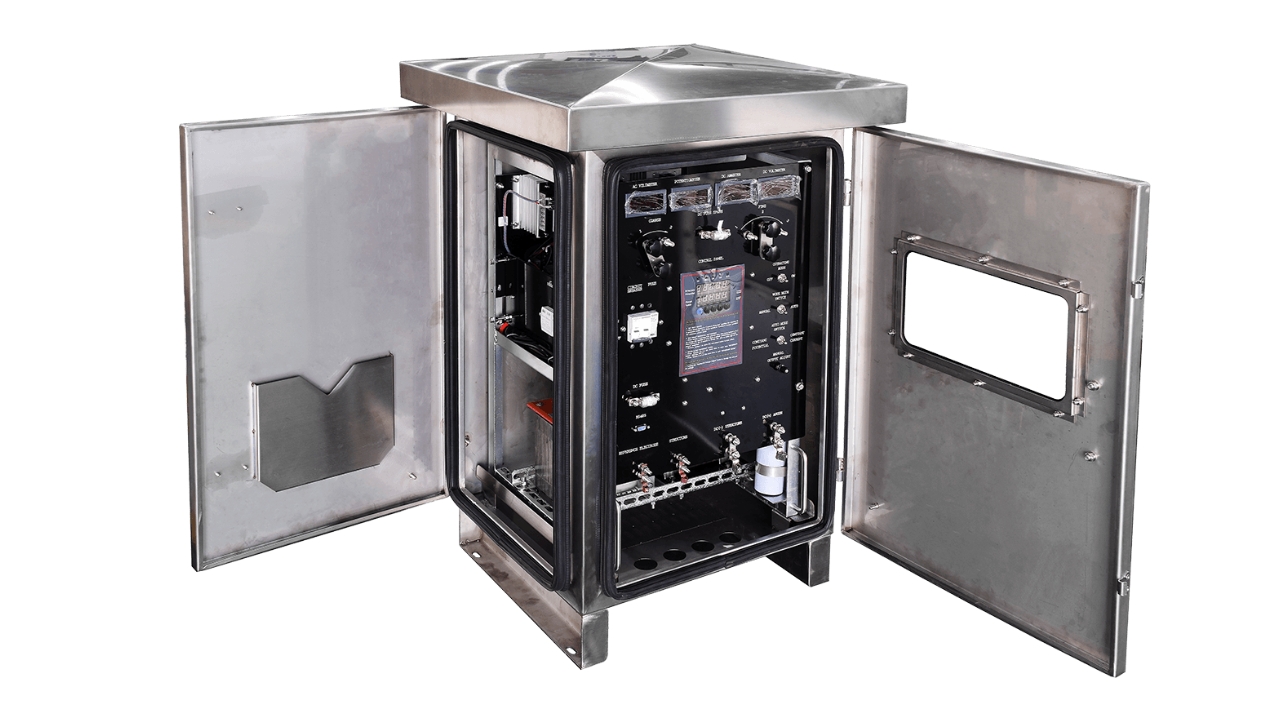
The material used in transformer enclosures is important for determining their performance and durability. Each material has its own advantages in addressing particular environmental challenges.
Mild Steel
For transformer enclosures, mild steel is perfect due to its affordability and strength. It also gives sufficient protection in non-corrosive conditions.
Stainless Steel
Stainless steel is best material for enclosures that need outstanding durability and corrosion resistance. It protects them from chemicals and moisture.
Galvanized Steel
Galvanized steel is a preferred option for many transformer enclosures. It is easy to handle and install due to its lightweight.
Features of Transformer Enclosure
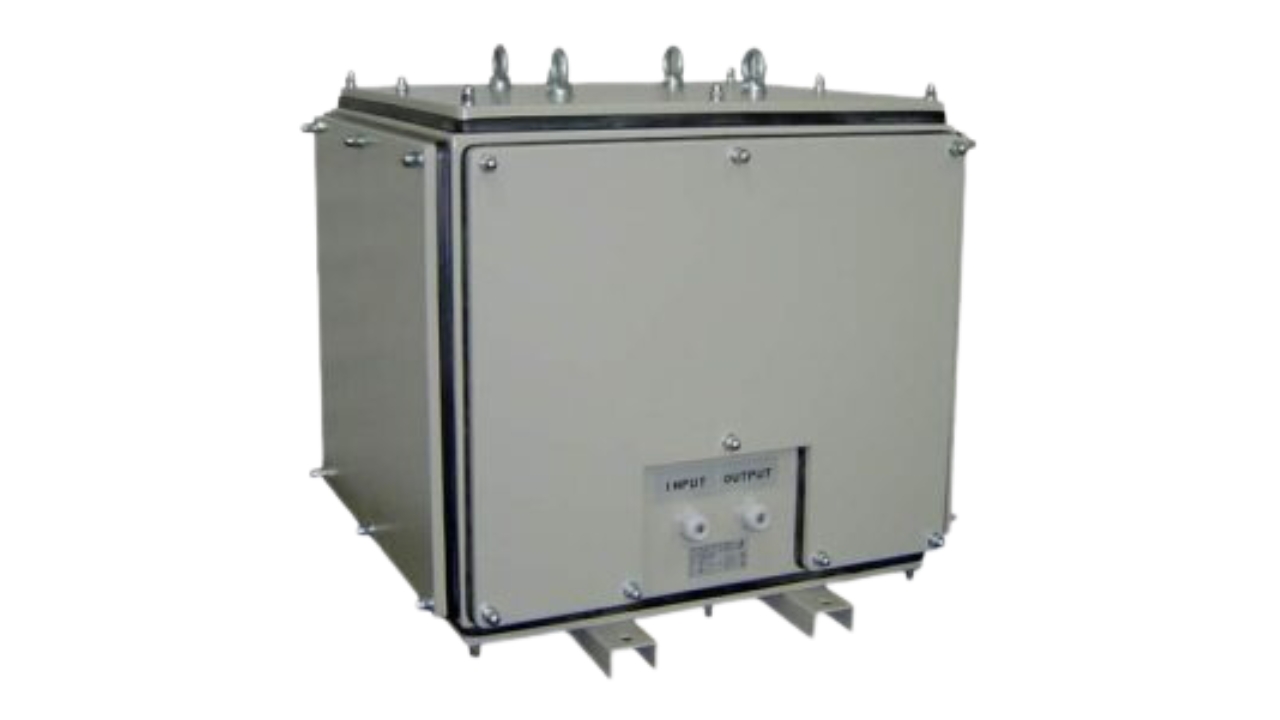
Peculiar features of transformer enclosures guarantee better protection for electrical systems in different environments.
- Corrosion resistant materials like stainless steel are the base of these enclosures which increases their life.
- Weatherproofing protects transformers from snow, dust and rain in aggressive conditions.
- To prevent overheating, these enclosures have cooling systems like heat exchangers and fans.
- NEMA compliance assures that enclosures meet the safety standards and reduces risk of electrical shock, fire and equipment failure.
- For noise reduction, some enclosures have sound suppressor materials like fiberglass or acoustic foam to dampen the humming.
Environmental Factors to Keep in Mind When Choosing Transformer Enclosures
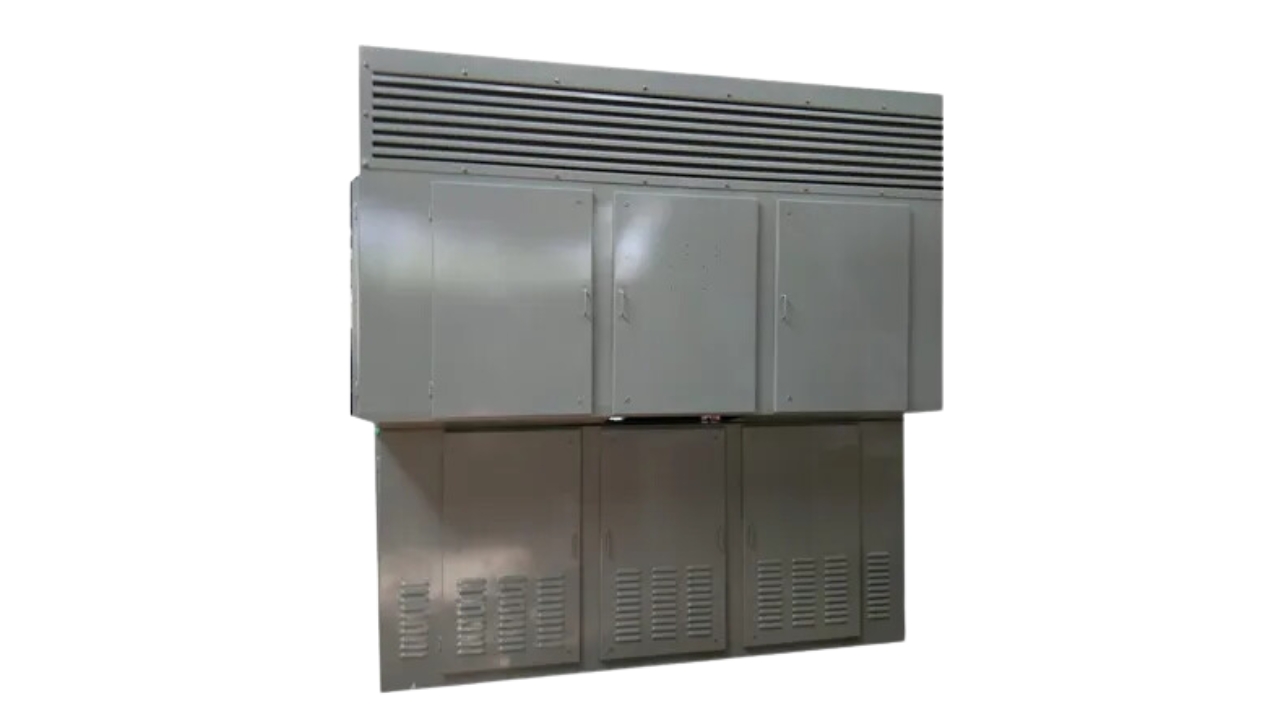
The lifespan and performance of transformer enclosures are heavily dependent on following environmental factors.
Moisture and Rain
Sealing, drainage and right material are important to save enclosures from rain and moisture as they can cause short circuits and corrosion.
Dust and Particulates
Enclosures use high grade gaskets made of silicone, rubber or foam to make strong seal around joints and doors to avoid dust ingress.
Corrosive Substances
For metals exposed to corrosive substances like acids, salts or alkalis, stainless steel enclosures are needed to resist corrosion.
Temperature Extremes
Good airflow is important in high temperature environments to dissipate heat, while ventilation design is necessary to avoid moisture accumulation in cold environments.
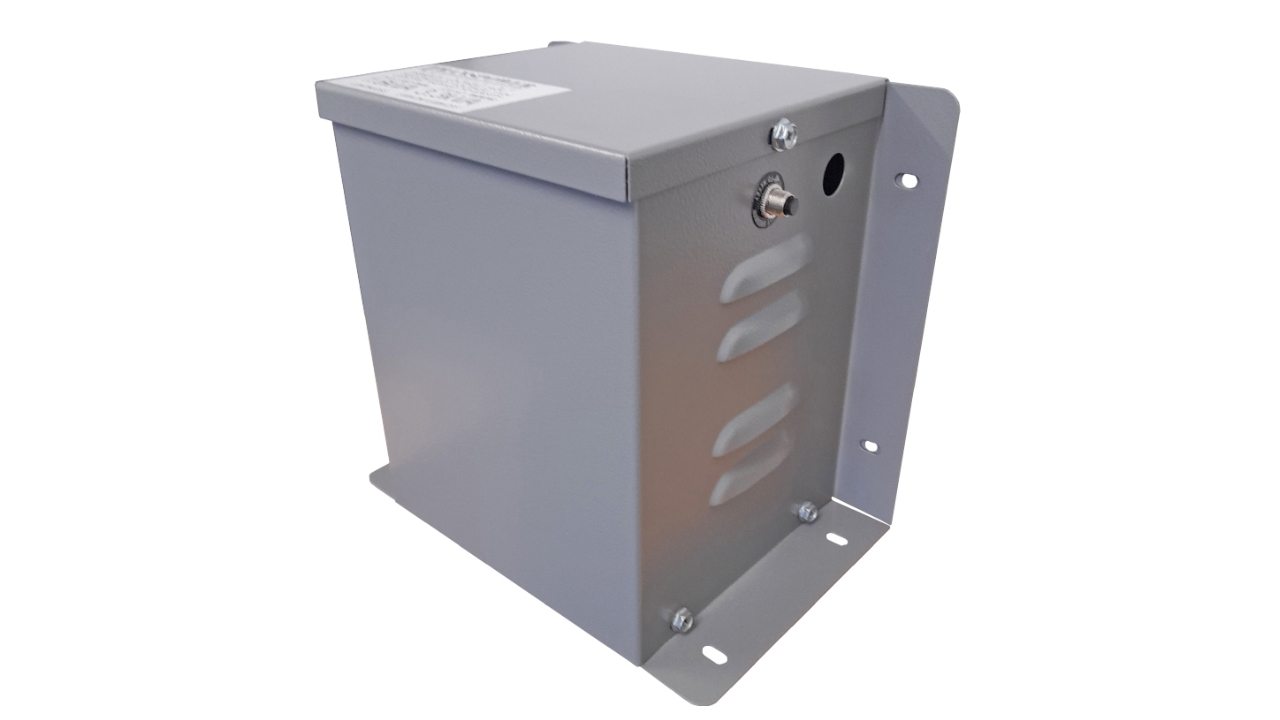
FAQs
How do you maintain a transformer enclosure?
Regularly inspect transformer enclosures for electrical testing and moisture control, clean them to remove debris, lubricate moving parts to confirm smooth operation and check for damage to guarantee reliability and longevity.
What applications commonly use transformer enclosures?
Transformer enclosures are broadly used in renewable energy systems, industrial facilities, electric vehicle charging stations, telecommunications and power distribution to protect transformers from climate hazards.
What are some industry standards and regulations for transformer enclosure?
Transformer enclosures must meet these industry standards and regulations to be safe and reliable across all applications.
NEMA (National Electrical Manufacturers Association)
NEMA sets the standards for transformer enclosures to ensure performance and safety in all environments. These guidelines direct manufacturers to customize enclosures which provides protection against dust, moisture and other hazards to increase proficiency and reliability in electrical systems.
UL (Underwriters Laboratories) Certification
UL certification assures that transformer enclosures cover performance and protection regulations. This includes fire resistance, environmental durability and electrical safety.
IEC (International Electrotechnical Commission)
International standards for electrical equipment including transformer enclosures are developed by IEC. These standards assure proficiency, safety and interoperability across all applications.
Are custom transformer enclosures available?
Yes, custom transformer enclosures can be made to your specifications. At KDM, we can design enclosures to your exact dimensions and requirements including optional accessories for added safety. This adaptability in design and functionality allows us to accommodate different applications.
Contact us today for a quote and to discuss your particular needs.




